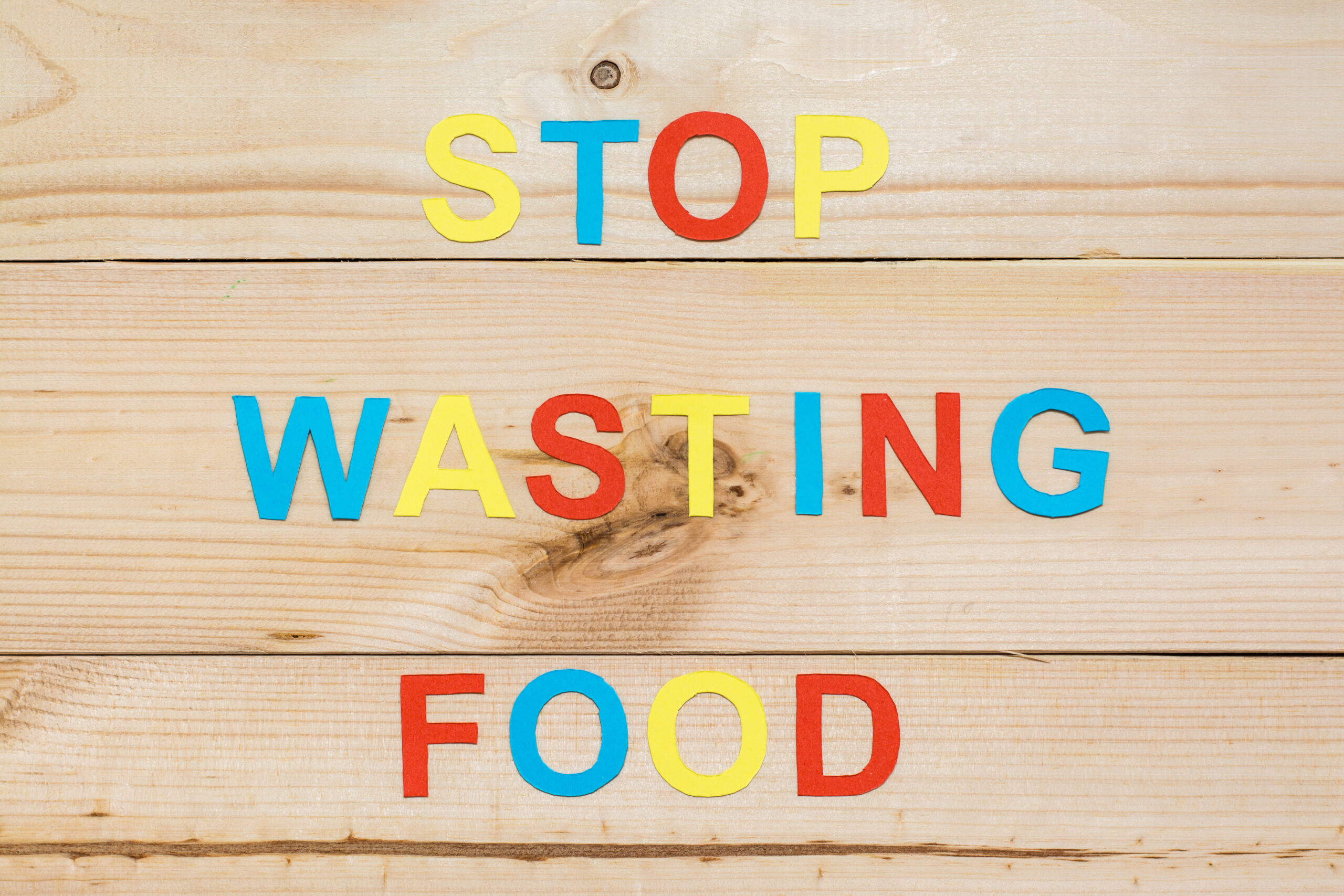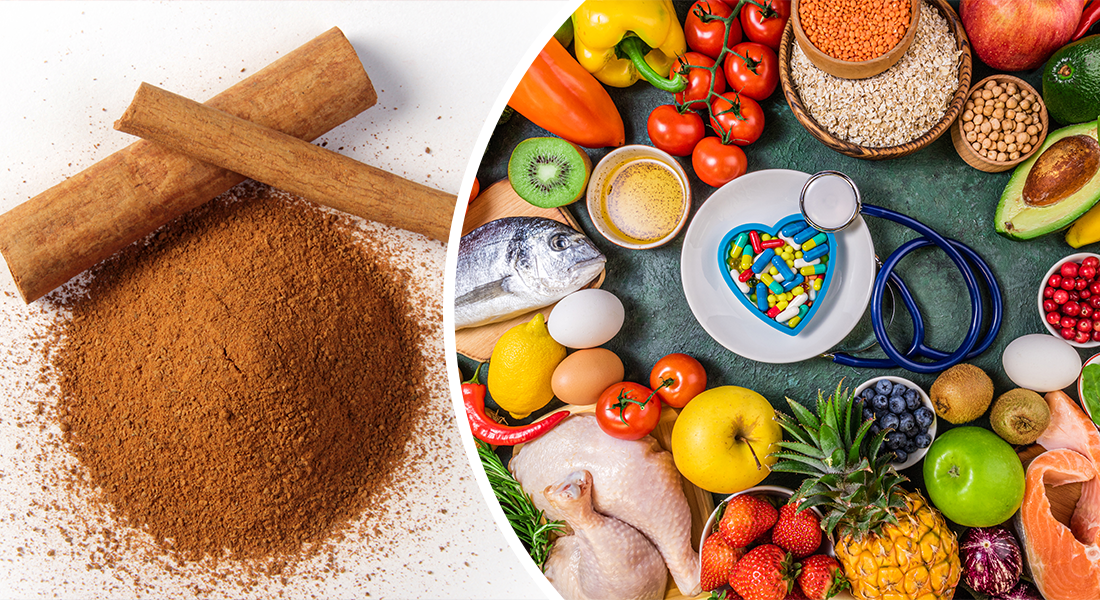Most grocery shoppers won’t soon forget the perplexing moment last spring when shelves were suddenly bare. Where flour, pasta and other shelf-stable goods once sat in abundance quickly emptied to nothing but price tags. The same went for meat and dairy. It was a shocking, yet humbling, sight for most.
The news of farmers dumping milk, letting crops rot and euthanizing chickens only added to the disarray. Billions of dollars worth of food was wasted as restaurants and other food services that were shuttered by lockdowns stopped buying it. It seemed as though the food supply chain was broken when the world needed it the most.
Luckily for all parties involved, the problem was short-lived and food was restocked in a matter of weeks in many cases, depending on the item. Growers pivoted to new buyers, shippers and distributors adapted and exports resumed. While the food supply chain didn’t break, it certainly flinched — and the public noticed.
For food supply chain experts, the onset of the COVID-19 pandemic can be viewed as a stress test to our global food system, highlighting its strengths and its weak points. The pandemic helped them focus on what needs to change to build a sustainably resilient food supply chain — something we may need sooner than later as climate change intensifies extreme weather events, such as droughts and floods.
So how did the food system react and adapt to the pandemic and how has it strengthened over the year? Xtalks spoke to a number of food supply chain experts for their perspectives and insights.
Was the Food Supply Chain Destined to Fail?
Rather than looking solely at the food supply chain itself, it is imperative to take into account other factors that influenced food shortages around the nation. Nader Mikhail, CEO and founder of Elementum, a cloud-native supply chain incident management platform, emphasized the many events and factors that led to food shortages outside of the supply chain itself.
“There were so many things that went wrong early in the pandemic,” Mikhail said. “Hoarding, which is on the demand side, and supply side issues with labor, factories and logistics. So, you have the worst of all worlds coming together, and you knew it was going to be ugly.”
What made matters even worse, Mikhail added, were the media messages around food shortages. Panic-inducing headlines led to hoarding of shelf-stable goods, meat, dairy and anything consumers could get their hands on while it lasted. Mikhail noted that 2020 was, consequently, an unprecedented year for deep freezer sales. Where else could consumer store tens, even hundreds of pounds of meat?
Wouter Couradie, managing director of African operations at NSF International, a global organization that facilitates standards tests and certifies food products, noted that while COVID-19’s effect on the food supply chain was unprecedented, many of the impacts were predictable.
“Initially, limitations on the availability and mobility of labor from truck drivers to ship’s crew quickly created logistical bottlenecks, which took six to seven weeks to subside,” Couradie said. “Food production was also heavily hit due to safety restrictions to create safer co-working environments such as refrigerated work environments in the meat and fresh produce industries.”
Could Technology Have Saved the Supply Chain?
Technology has been at the forefront of many aspects of COVID-19 relief, from treatments and vaccines to how we communicate and work with one another from a distance. While tech may be crowned as the solution to many of the world’s pending problems, it may not have prevented the issues the food supply chain endured.
“There is not really a good way in today’s global supply chain to solve these problems, but there are a lot of tech plays where you can reduce the amplitude of the problem,” Mikhail said. “For AI and supply chain, it’s way more buzzword than reality. The reason for it is that AI needs a lot of data, and in today’s global supply chain, data sits in the hands of many different players. So, the promise of AI cannot be achieved until more of the data move to the cloud.”
While many supply chain players have implemented AI, until there is broader adoption of cloud technology to store and share data, it is difficult for the global food system to use it effectively. Mikhail estimated that supply chain is two decades behind digitization, with many companies still documenting information on spreadsheets.
That’s not to say tech won’t be an important factor for the future of the food supply chain. Sam Agyemang, co-founder of HaulerHub, a platform looking to digitize the supply chain industry by using AI, emphasized the need for and the probable benefits of technological advancements in supply chain.
“Machine learning, and what it could do for the industry, can help make informed decisions for what you need,” Agyemang said. “Having that transparency in data is critical and it’s what’s leading the inevitable tech takeover of logistics.”
Both Agyemang and Mikhail agreed that while supply chain has been slow to adopt technology, it has a vast amount of potential going forward. Couradie noted that governments also play an important role in the efficiency and safety of food supply chains. He added, “The emergence of more dynamic thinking and breaking down barriers leads to quicker and better-informed decision-making powered by digital technology.”
The Resiliency of the Food Supply Chain
While supply chain has been slow to adopt technology, most food that was in short supply last fall was back on the shelves within a matter of weeks. How did this happen so quickly? Different foods warranted different responses, but the supply of perishable goods, specifically meat, were particularly tough to replenish given the smaller margin of error.
Mikhail said that the combination of meat plants shuttering, the demand spike prompted by the media and the fact that meat is a perishable item led to its stock plummeting. The good news, he said, is that when the market for perishable goods recovers, it can recover quickly. “The supply side recovered quickly, but the demand spike continued for months,” Mikhail said.
Couradie pointed out that food supply and safety are not only critical to business, but to politics, especially in African nations. Part of the reason the food supply was restocked as quickly as it was is due to the fact that the food sector was considered essential and it mostly remained open globally.
Neil Coole, food and retail supply chain director at BSI, a leading global provider of supply chain intelligence, verification auditing and other software solutions, acknowledged how the negative supply chain outcomes changed not only business operations, but overall mentality. “Industry leaders developed a more holistic awareness of resilience, embracing the benefits of agile innovation, adopting their pre-pandemic ways of working to focus on meeting consumer demand,” Coole said.
Of course, food supply chain resiliency wouldn’t have been possible without the hard work and endurance of food workers at every step of the way. “We should really commend our North American truckers that have been able to move goods,” Agyemeng said. “Having the actual bandwidth to get the goods to supermarkets on time has been a critical part of the supply chain.”
Lessons Learned
Couradie perceptively pointed out that the pandemic is not yet behind us. “Any significant mutation of the virus could send us back to difficult times. This pandemic has been a real wake up call for many. It has motivated governments to revaluate food supply chains to ensure they are fit for purpose.”
One of the key lessons learnt, Coole said, was the importance of organizations to be able to proactively identify a critical supplier and to ensure that continuity measures are in place should there be an unplanned disruptions. Moving forward, he added that organizations will need to proactively identify the presence of critical risks in their global supply chains to avoid blips and shortages.
To Mikhail, the media, consumers and food supply chain organizations all had a hand to play. The media created demand shocks, consumers feared of empty fridges and pantries and the food supply chain became overwhelmed. He highlighted the importance of factoring in the demand side as part of the full equation, hoping that the supply chain will catch up with tech in the coming years.
For Agyemang, having contingency plans that rely on the intelligence programming is key. “Change doesn’t have to be scary,” he said. “You can adopt tech into an industry, and it doesn’t necessarily mean the downfall of the American worker. It only enhances our experiences as employees because it helps from every vantage point. The future of supply chain has to have tech disruption in order to survive.”












Join or login to leave a comment
JOIN LOGIN